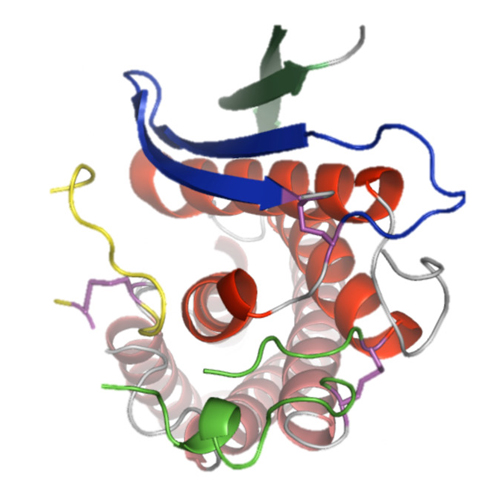Helicobacter pylori adhesin HopQ engages in a virulence-enhancing interaction with human CEACAMs
17-Oct-2016
Nature Microbiology, 2, Article number: 16189, doi:10.1038/nmicrobiol.2016.189
Nature Microbiology, online article
Helicobacter pylori specifically colonizes the human gastric epithelium and is the major causative agent for ulcer disease and gastric cancer development. Here, we identify members of the carcinoembryonic antigen-related cell adhesion molecule (CEACAM) family as receptors of H. pylori and show that HopQ is the surface-exposed adhesin that specifically binds human CEACAM1, CEACAM3, CEACAM5 and CEACAM6. HopQ–CEACAM binding is glycan-independent and targeted to the N-domain. H. pylori binding induces CEACAM1-mediated signalling, and the HopQ–CEACAM1 interaction enables translocation of the virulence factor CagA into host cells and enhances the release of pro-inflammatory mediators such as interleukin-8. Based on the crystal structure of HopQ, we found that a β-hairpin insertion (HopQ-ID) in HopQ's extracellular 3+4 helix bundle domain is important for CEACAM binding. A peptide derived from this domain competitively inhibits HopQ-mediated activation of the Cag virulence pathway, as genetic or antibody-mediated abrogation of the HopQ function shows. Together, our data suggest the HopQ–CEACAM1 interaction to be a potentially promising novel therapeutic target to combat H. pylori-associated diseases.











